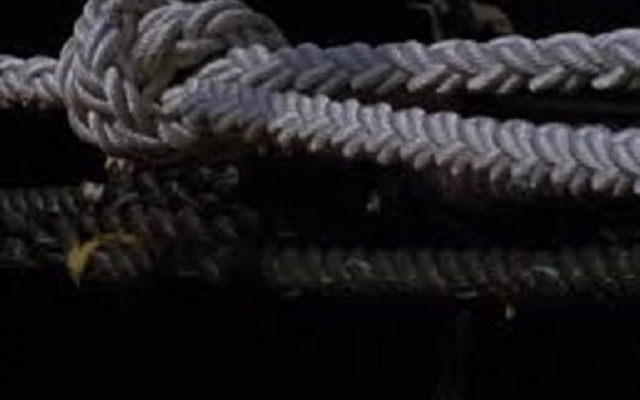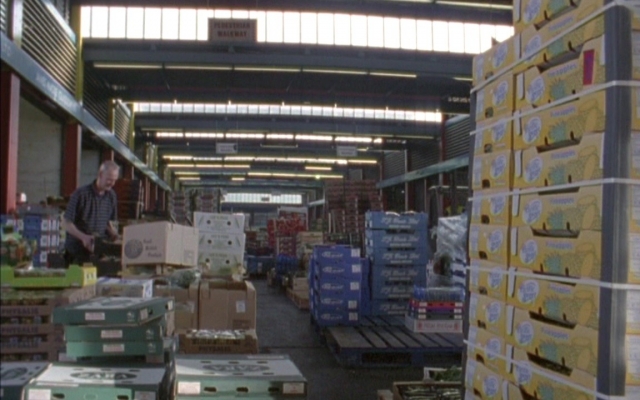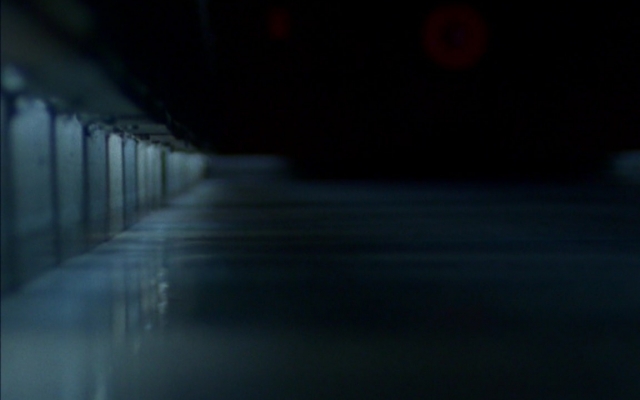A Grammar for Listening (parts 1-3)
Luke Fowler UK, 2009, 56', 16 mm"Over the centuries, Western culture has relentlessly attempted to classify noise, music and everyday sounds… Ordinary noises and the mundane sounds that are not perceived as either annoying or musical are of no interest.” How to create a meaningful dialogue between looking and listening? Luke Fowler’s film cycle A Grammar for Listening (parts 1-3) attempts to address this question through the possibilities afforded by 16mm film and digital sound recording devices.
part 1
Lee Patterson has been making recordings of various forms of underwater life (fish, aquatic plants, insects etc) using homemade hydrophones: “I’ve come to regard such places as special, self contained acoustic spaces with very specific sonic and biological qualities”. Within the film these environmental recordings are complimented by performances to camera involving found objects amplified by contact microphones. Patterson evokes complex, harmonic overtones in electro-magnetically “excited” springs (often found in discarded lighters) to the exploding and shifting micro-sound of burning walnuts.
part 2
Eric La Casa often consults maps, not in order to locate the habitat of specific species or significant sights but more prosaically to calculate proximity to traffic noise. The aeleatory nature of the routes taken often suggests a drift with the character of an “open investigation” and a broad appreciation for all sound. “The whole of my work consists in finding a center, a listening point in relation to everything which is taking place. The microphones, then, amplify everything that this listening area transmits, that is to say, all the living substances in motion, from the interior of the body to the geophonic exterior”.
part 3
Toshiya Tsunoda develops an on-going philosophical line of enquiry regarding the art of field recording, as a conceptual act, and that of the relationship between the “field”, the recordist and the audience. During these investigations, he came to think about the meaning of choosing an object to focus on; drawing the conclusion that “perhaps it is similar to a hunter who becomes more interested in shooting the bow than the prey itself”. His recent method of recording begins by fixing a stethoscope with built-in microphones to his and another’s temples: “the two of us sat side by side and made a recording whilst focusing on the landscape in front of us. In this way two people create one stereo sound image. It is about capturing one image with two inputs, which is normally what our eyes and ears do. From the spatial information that is sent to our two ears from our brains, we cannot distinguish the sound which only one of us hears. ” He concludes: “Recorded material is like a map. It is not a perfect reproduction of the information in the space.”


